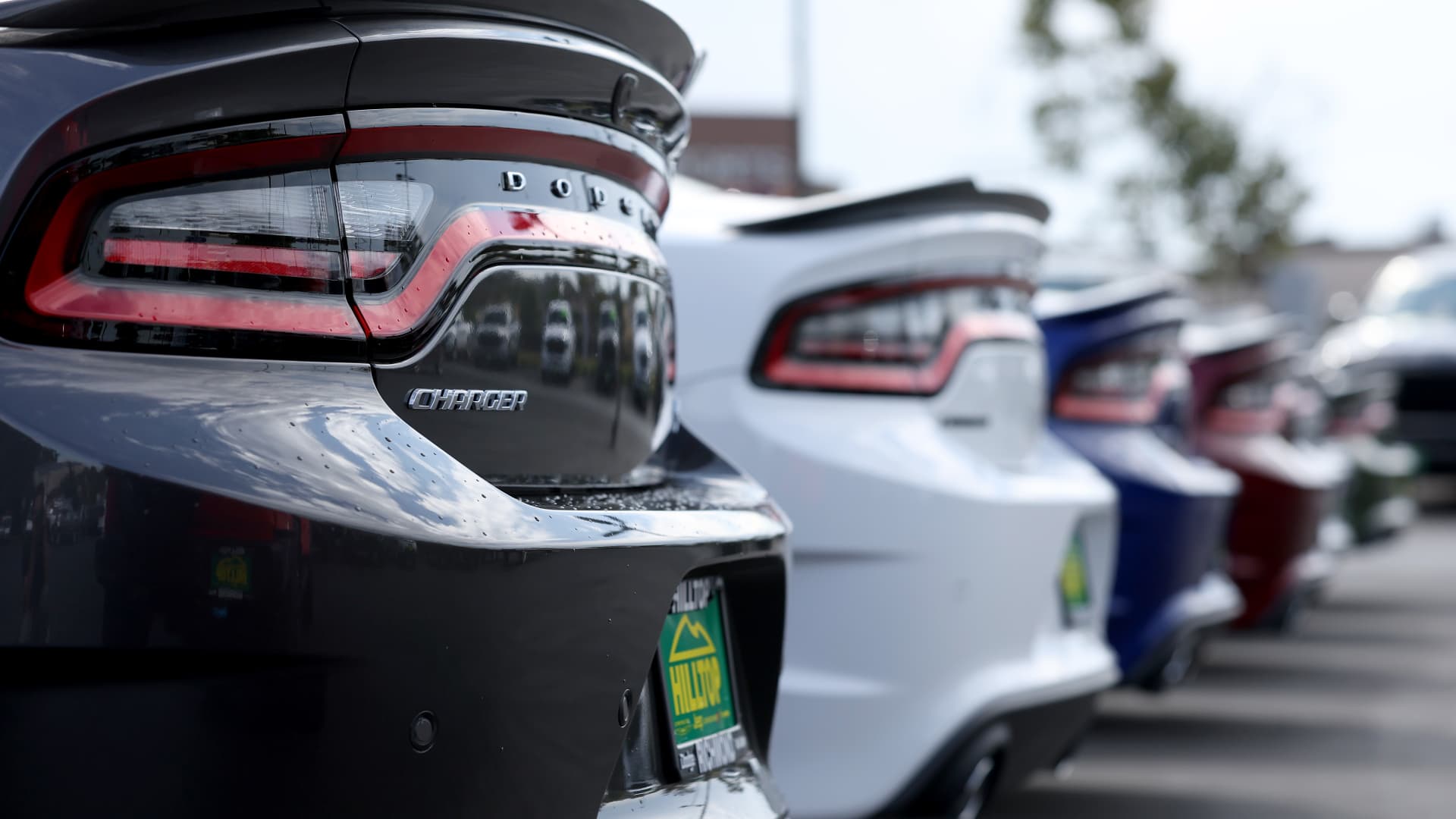Stellantis on Monday trimmed its 2024 annual guidance on the back of deteriorating “global industry dynamics” and bolstered competition from China, sending Milan-listed shares lower on open.
The French-Italian conglomerate, known for brands such as Chrysler, Dodge, Jeep and Maserati, warned of lower-than-expected sales “across most regions” in the second half of the year. It now pencils in an adjusted operating income (AOI) margin between 5.5% to 7.0% for the full-year 2024 period, down from a “double digit” outlook.
“Deterioration in the global industry backdrop reflects a lower 2024 market forecast than at the beginning of the period, while competitive dynamics have intensified due to both rising industry supply, as well as increased Chinese competition,” the automaker said.
It also lowered projections for its industrial free cash flow to a range between minus 5 billion euros ($5.58 billion) to minus 10 billion euros, from a “positive” guidance previously, as a result of a lower anticipated AOI margin and temporarily higher working capital over the second half of this year.
The automaker further attributed the revisions to its guidance to “decisions to significantly enlarge remediation actions on North American performance issues,” but supplied no additional details. Earlier this year, Stellantis was sued by shareholders in the U.S. who claimed the automaker defrauded them by concealing rising inventories and other items, Reuters reported.
This month, Stellantis’ U.S. dealer network criticized CEO Carlos Tavares for the company’s recent sales decreases, factory production cuts, among other decisions that they assessed as detrimental to the automaker’s business.
The carmaker’s stock was trading down 12% at 9 a.m. London time.
The Stellantis profit warning comes days after German automaker Volkswagen once more slashed its own annual outlook on Friday, now guiding for an operating return on sales of 5.6% in 2024, from a 6.5-7.0% range previously.
In a Google-translated bourse filing, it attributed its lowered projections to lagging developments in its passenger car and commercial vehicle brands, along with a “deterioration of the macroeconomic environment, giving rise to further risks, particularly for the Core brand group.

